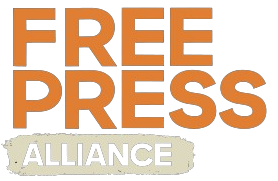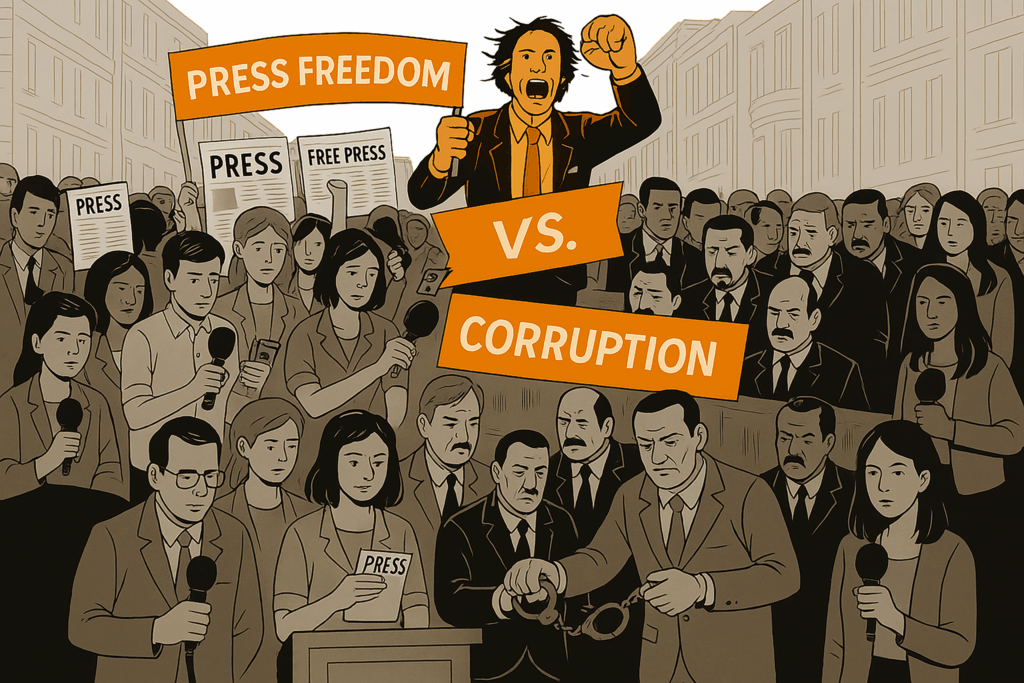Press freedom is not only a cornerstone of any functioning democracy but also a crucial mechanism for institutional transparency and accountability. Numerous studies have identified a strong correlation between the degree of press freedom and levels of corruption: the freer the press, the lower the corruption.
A study by Brunetti and Weder (2003) concluded that expanding press freedom acts as a powerful deterrent against abuse of power. Their analysis suggests a causal relationship: an independent press significantly reduces opportunities for systemic corruption. This dynamic is further strengthened in contexts with robust institutions. According to Camaj (2013), when an active press is combined with an independent judiciary and effective access-to-information mechanisms, accountability increases, and a culture of sustained transparency is consolidated.
International organizations such as the World Bank have reinforced this thesis, stating that free press not only exposes irregularities but also prevents corrupt networks from taking root. It is an institutional antibody that works in real time.
However, this relationship also manifests in reverse: where press freedom is weakened, corruption proliferates. In Europe, the most recent report from the Civil Liberties Union for Europe warns of an “existential battle” for media pluralism. The manipulation of state advertising and media concentration in conglomerates aligned with political power have created fertile ground for covering up corrupt practices and weakening the media’s critical role.
A particularly alarming example of this trend is Serbia. According to Amnesty International, investigative journalists were spied on using Pegasus spyware after uncovering corruption networks linked to high-level officials. AP News documented the use of technologies like Cellebrite to extract data from journalists’ devices without a court order, violating international standards. These repressive tactics not only violate fundamental rights but also create a widespread chilling effect that shields the corrupt from public scrutiny.
This type of digital repression, silent yet systematic, acts as a sophisticated cover-up mechanism. Illegal surveillance, judicial harassment, and technological monitoring create a hostile environment in which reporting on public contracts, bribery, and clientelism becomes a high-risk endeavor. As Serbian activists stated in a recent Complex Discovery report, “We live in a kind of digital gulag, where freedom is just an illusion.”
This phenomenon is not limited to the Balkans or to fragile democracies in Latin America, Asia, or Africa. Even within the European Union, countries like Hungary face near-total media capture. The ruling Fidesz party indirectly controls more than 80% of the media through allied foundations, while public advertising is distributed discriminatorily between critical and pro-government outlets. In Italy, Bulgaria, and Romania, recent reports highlight persistent barriers to public information access, media concentration, and legal persecution of independent reporters, leading many to openly speak of a “democratic recession in Europe.”
Thus, a virtuous or vicious cycle emerges, depending on the environment. In contexts with a free press, an independent judiciary, and an informed public, corruption tends to decrease. In contrast, where censorship, surveillance, and media concentration prevail, corruption thrives without consequences.
Breaking this cycle means more than defending press freedom as an abstract principle. It requires political will to protect journalists through effective legislation, regulate media concentration, guarantee public access to information, and foster a democratic culture of transparency and accountability.
The empirical evidence is clear: protecting press freedom is not only an ethical or legal obligation, it is a concrete and proven strategy for combating corruption in public institutions.

